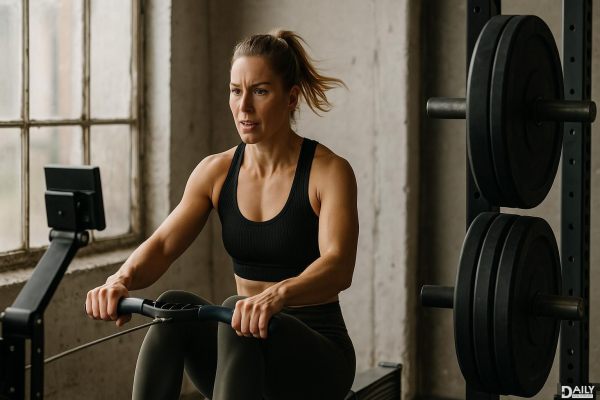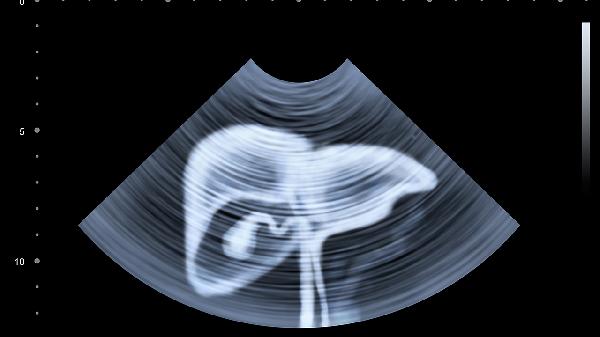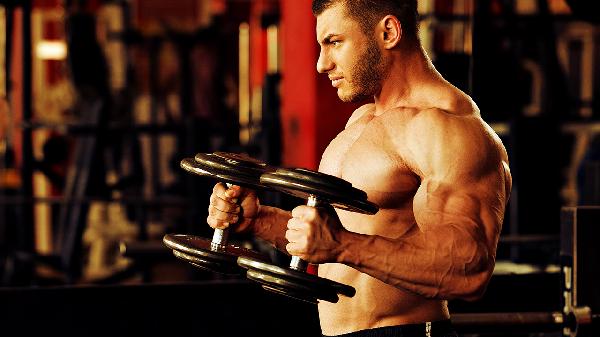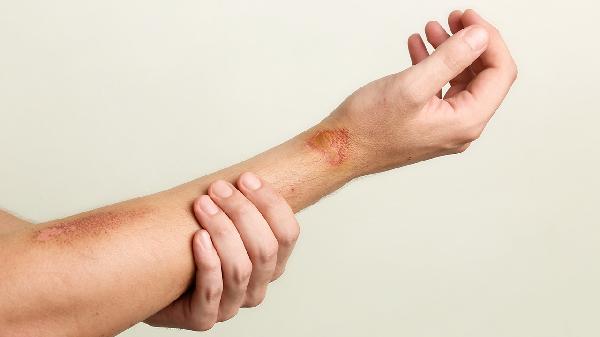Many people have the habit of exercising before bed, especially doing sit-ups. But does doing sit-ups every night before bed really help you lose weight? The answer to this kind of question is not always clear. Doing sit-ups before bed also requires the right method, and only with the correct approach will the weight loss effect be noticeable.
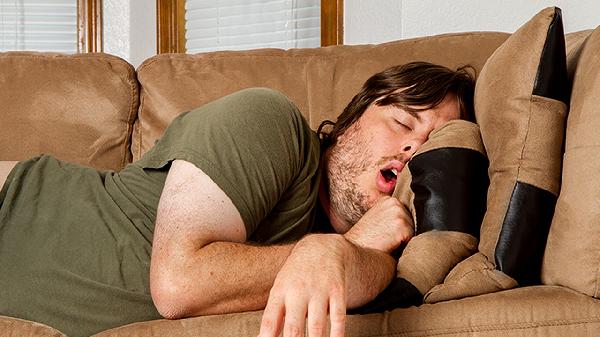
1. Can doing sit-ups before bed help with weight loss?
The main function of sit-ups is to strengthen the abdominal muscles. If you master the correct way to do sit-ups, you can not only improve the elasticity of the abdominal muscles but also protect your back and improve your posture. On the contrary, if done incorrectly, sit-ups can only be harmful to you.
2. The correct way to do sit-ups is as follows:
Lie flat on a mat with your knees bent at about 90 degrees and your feet flat on the ground. The position of your hands depends on the strength of your abdominal muscles. The closer your hands are to your head, the more difficult the sit-ups will be. Beginners can place their hands by their sides, and once they get used to it, they can cross their hands over their chest. Finally, you can also try crossing your hands behind your head, but after that, they should be placed on the shoulder on the other side of your body. The movement should be performed at a slower pace, and you should exhale when your abdominal muscles lift your body up, ensuring that the deeper abdominal muscles are also engaged.
3. Good effect on slimming the abdomen
Sit-ups are very effective for abdominal weight loss and are also beneficial for body shaping. Doing them every day is really great. Many girls use sit-ups to slim their stomachs. Doing a few sit-ups before bed can effectively prevent the growth of fat around the waist.
In principle, it's best not to do high-intensity exercises before bed, as this can increase your heart rate and affect your ability to fall asleep, as well as the quality of your sleep. However, low-intensity aerobic exercises like jogging, skipping rope, push-ups, and sit-ups can be done, preferably one or two hours before bed, around 8 or 9 PM.

